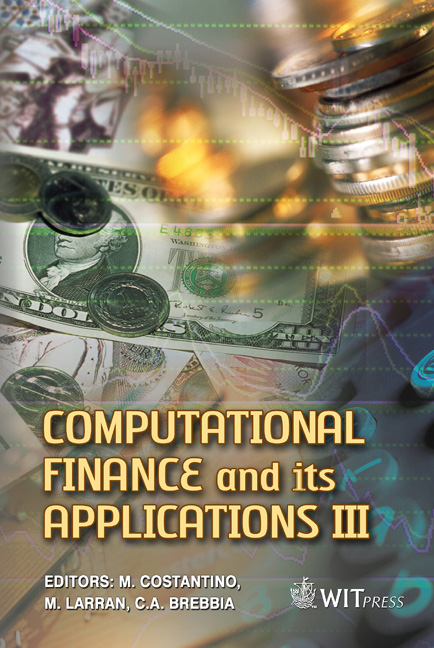Derivative Pricing As A Business Grid Application Using NextGRID Technology
Price
Free (open access)
Volume
41
Pages
10
Page Range
53 - 62
Published
2008
Size
998 kb
Paper DOI
10.2495/CF080061
Copyright
WIT Press
Author(s)
A. Basermann, G. A. Kohring & C. Neff
Abstract
The focus of the option valuation application described in this paper is on complex derivatives like American style options on multiple underlyings. The MPI-parallel and vectorized pricing code developed is based on Monte Carlo and Quasi Monte Carlo simulation methods. Within the European Commission Project NextGRID, whose primary goal is to develop architectural principles for the Next Generation Grid, experiments with derivative pricing scenarios have been performed that test the viability and adequacy of the NextGRID security model as well as the interoperability of NextGRID components. The main benefit of the usage of NextGRID principles and components for the derivative pricing application itself is that it supported the transition from a mere high performance computing Grid application to a business Grid application much better reflecting the functional separation and different levels of expertise of the parties involved. Based on SLAs, it is now possible to make the selection of optimal hardware transparent to the users. The NextGRID security model ensures security and integrity of the data, in a framework that is flexible enough to be adapted to cases where Grid resources are added dynamically. Keywords: derivative pricing, NextGRID, security, SLAs, business Grid application, performance. 1 Introduction Both the steadily increasing number of traded financial derivatives and the demand for more and more complex derivatives tailored for special purposes require continuously increasing capacities for the numerical valuation of these
Keywords
derivative pricing, NextGRID, security, SLAs, business Grid application, performance.





